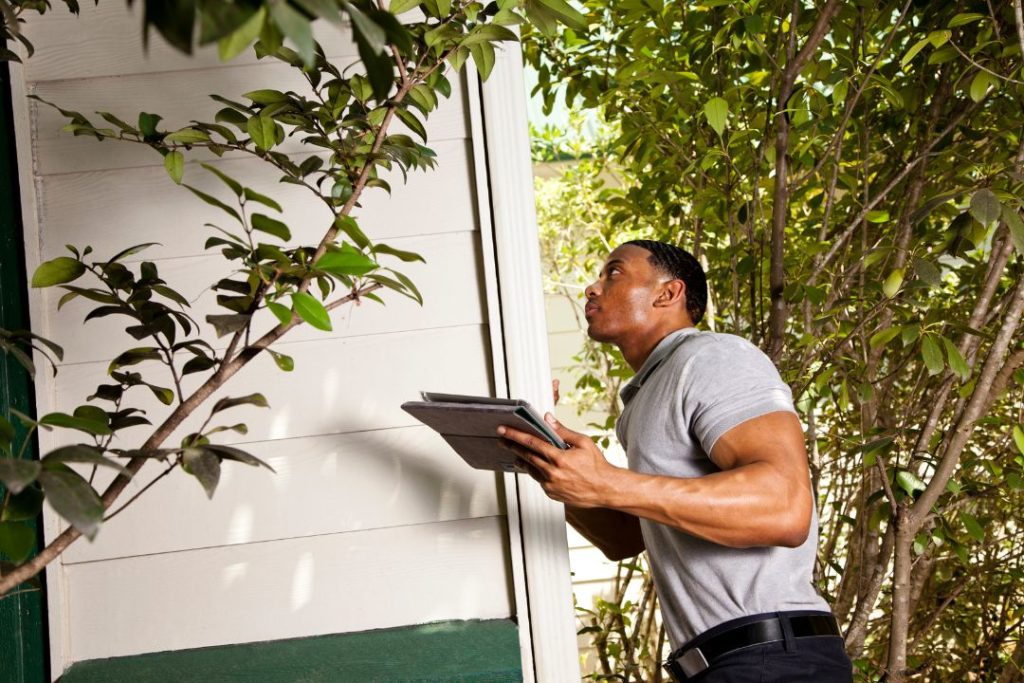Knowing common home inspection pitfalls when preparing to sell your home, is crucial to recognize that potential buyers will thoroughly examine every aspect of the property. They want to ensure that the house they purchase is not only visually appealing but also free from hidden problems.
From leaky roofs to faulty wiring, buyers will enlist professional help to scrutinize your home’s condition. Industry experts have identified 33 physical issues that commonly come under scrutiny during a home inspection.
In this article, we’ll highlight 11 of these critical areas that you should be aware of to avoid costly repairs that may arise if left unaddressed.
Taking the time to conduct a preliminary inspection yourself can help you identify minor issues before they escalate into more significant and expensive problems.
Equipping yourself with knowledge about these common inspection traps will enable you to address them proactively.
Plumbing Defects
Defective plumbing can manifest in the form of leaks or clogs. Conduct a visual inspection to identify any visible leaks, and pay attention to water pressure by turning on all faucets in the highest bathroom and flushing the toilet.
If you hear running water, it indicates undersized pipes. Additionally, rusty water when initially turned on signifies corroding pipes, which can lead to water quality issues.
Damp or Wet Basement
Inspectors will check for powdery white mineral deposits a few inches off the basement floor, as well as assess the overall suitability for storing items directly on the basement floor.
A persistent mildew odor is challenging to eliminate and will raise concerns. Repairing a crack in or around the basement foundation can cost anywhere from $200 to $1,000, while installing a sump pump and pit may range from $750 to $1,000.
Complete waterproofing for an average three-bedroom home can amount to $5,000 to $15,000. These figures should be factored into your desired net price for the property.
Inadequate Wiring & Electrical Systems
Ensure that your home has a minimum of 100 amps of electrical service, clearly marked for identification. The wiring should be made of either copper or aluminum.
Octopus plugs are indicative of inadequate circuits and can pose a potential fire hazard, which inspectors will scrutinize.
Poor Heating & Cooling Systems
Insufficient insulation and malfunctioning heating systems are common causes of inadequate heating. While a clean furnace without rust on the heat exchanger typically has some life left, inspectors will check if it exceeds the average lifespan of 15-25 years.
For gas systems with forced-air, a cracked heat exchanger can release deadly carbon monoxide, necessitating replacement instead of repair.
Roofing Issues
Roofing issues is another common home inspection pitfall to be on the look out for. Roof leaks can result from various factors, such as deteriorating asphalt shingles (curling or splitting) or damage from wind storms.
External problems like leaky gutters and downspouts allowing water penetration into exterior walls can cause significant internal damage.
Moist Attic Spaces
Aside from basement dampness, problems related to ventilation, insulation, and vapor barriers can lead to water, moisture, mold, and mildew formation in the attic.
These issues can accelerate wear and tear on the roof, structure, and building materials. Repair costs for such damage can exceed $2,500.
Wood Rot
Wood rot can occur in multiple areas, including door or window frames, trim, siding, decks, and fences.
Inspectors may probe the wood, especially when freshly painted, to identify signs of rot.
Masonry Concerns
Rebuilding or repairing brickwork can be expensive. If left unaddressed, such repairs can result in water and moisture penetration into the home, potentially leading to fallen bricks or a chimney collapse onto the roof.
Rebuilding or re-painting a chimney can be costly endeavors.
Unsafe or Overloaded Electrical Circuits
Drawing more amperage on a circuit than intended creates a fire hazard. Most typical homes have 15-amp circuits, with larger service for appliances like stoves and dryers.
Replacing a fuse panel with a circuit panel can cost several hundred dollars.
Sufficient Security Features
Beyond purchasing a security system, inspectors will assess basic safety features, such as proper locks on windows and patio doors, deadbolts on entry doors, and smoke and carbon monoxide detectors in every bedroom and on every level.
While the pricing for these components may vary, they contribute to the overall cost considerations. Consulting local experts before making any purchases or installations is advisable.
Structural/Foundation Issues
Inspectors will thoroughly examine the underlying footing and foundation of your home, as structural integrity is paramount.
To avoid unpleasant surprises that could jeopardize the sale of your home, familiarize yourself with these 11 problem areas as you walk through your property.
By taking a proactive approach, you can safeguard yourself against potential disappointments in the future.
Remember, addressing these common home inspection pitfalls and various issues beforehand can save you significant repair costs and enhance the appeal of your home to potential buyers.
It is always wise to consult with professionals and seek expert advice to ensure your home is in optimal condition before listing it for sale.


